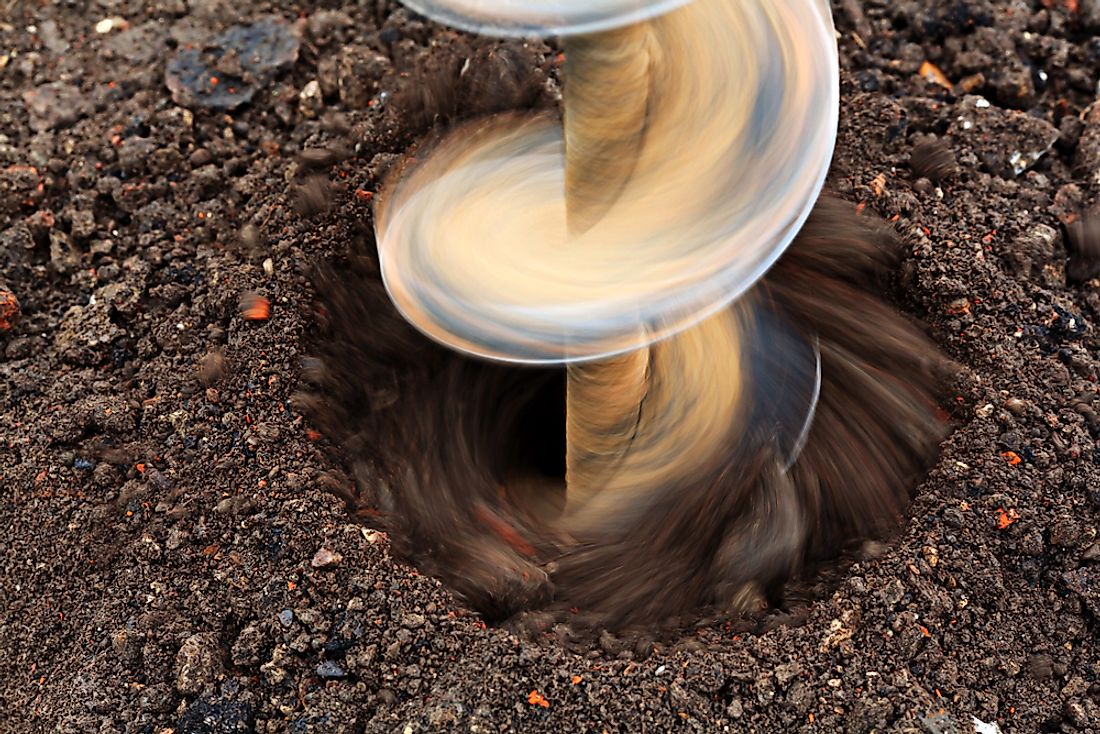What Is The Kola Super Deep Borehole?

5. Description
The Kola Superdeep Borehole is the deepest borehole in the world. It resulted from a scientific drilling by the Russians on the Kola Peninsula between May 1970 and 1992. The borehole consists of several holes that branch from the central hole - the SG-3 is the deepest hole with a depth of 9.3 miles and a diameter of nine inches. Although it is the deepest hole, it is not the longest. The Sakhalin-I Odoptu OP-11 Well in the Russian island of Sakhalin is the longest borehole with a depth of 40,502 ft. Although the hole penetrates a third of the Baltic continental crust that was not its intended destination, drilling was stopped due to the higher than expected temperature which resulted in the breakdown of drilling machines.
4. History and Project Background
In the 1960s and 70s, the Americans and Russians were bitterly engaged in a silent war for supremacy in space. At the same time, another silent war between the two country’s drillers was occurring.The two nations began drilling into the Earth's crust with the aim of drilling as deep as possible. The American project “Project Mohole,” off the coast of Mexico ended abruptly due to lack of funds. The Russian project that began in 1970 drilling on the Kola Peninsula continued until 1994 and resulted in the world’s deepest hole; the Kola Superdeep Borehole. The project commenced on May 24, 1970, with the aim of drilling 9.3 miles into the earth crust and beating the Americans to the title of deepest hole. The Russians employed the Uralmash-4E, and later the Uralmash-15000 series drilling rig.
3. Geological Characteristics
Although it failed to reach its target, the Kola Superdeep Borehole contributed to some scientific research findings. It penetrated a third into the Baltic continental crust and provided large amounts of data for geological studies that was analyzed by researchers. One of the significant findings was that of microfossils found four miles beneath the surface that represented about 24 ancient species that were approximately two billion years old. The residue from the hole also dismissed the geologic notion that there was a transition from granite to basalt at a depth of between 1.8 to 3.7 miles beneath the surface. The hole also revealed that cracks far below the surface were filled with water yet scientists believed that water could not be found at such great depths.
2. Current Status
Drilling of the hole stopped in 1994 due to the high temperature of 180 °C, 80 °C more than expected. In 2005, the project was officially closed down, and a metal cup was welded over it. The site of the hole is filled with scrap metal from the project, and there is no sign of human activity. The samples of the earth cores have been stored in a repository in the town of Zapolyarny 10 miles from the hole.
1. Records and Legacy
The Kola Superdeep Borehole boasts of being the deepest hole, but it is not the longest hole. After two decades of holding both records, Al Shaheen, a 7.64-mile oil well was dug in Qatar in 2008. In 2011, an oil well 7670.8 miles deep was drilled offshore the Russian island of Sakhalin. Though the Kola Superdeep Borehole depth is impressive, it represents a minuscule fraction of the distance to the core of the earth, which is about 4000 miles deep.











